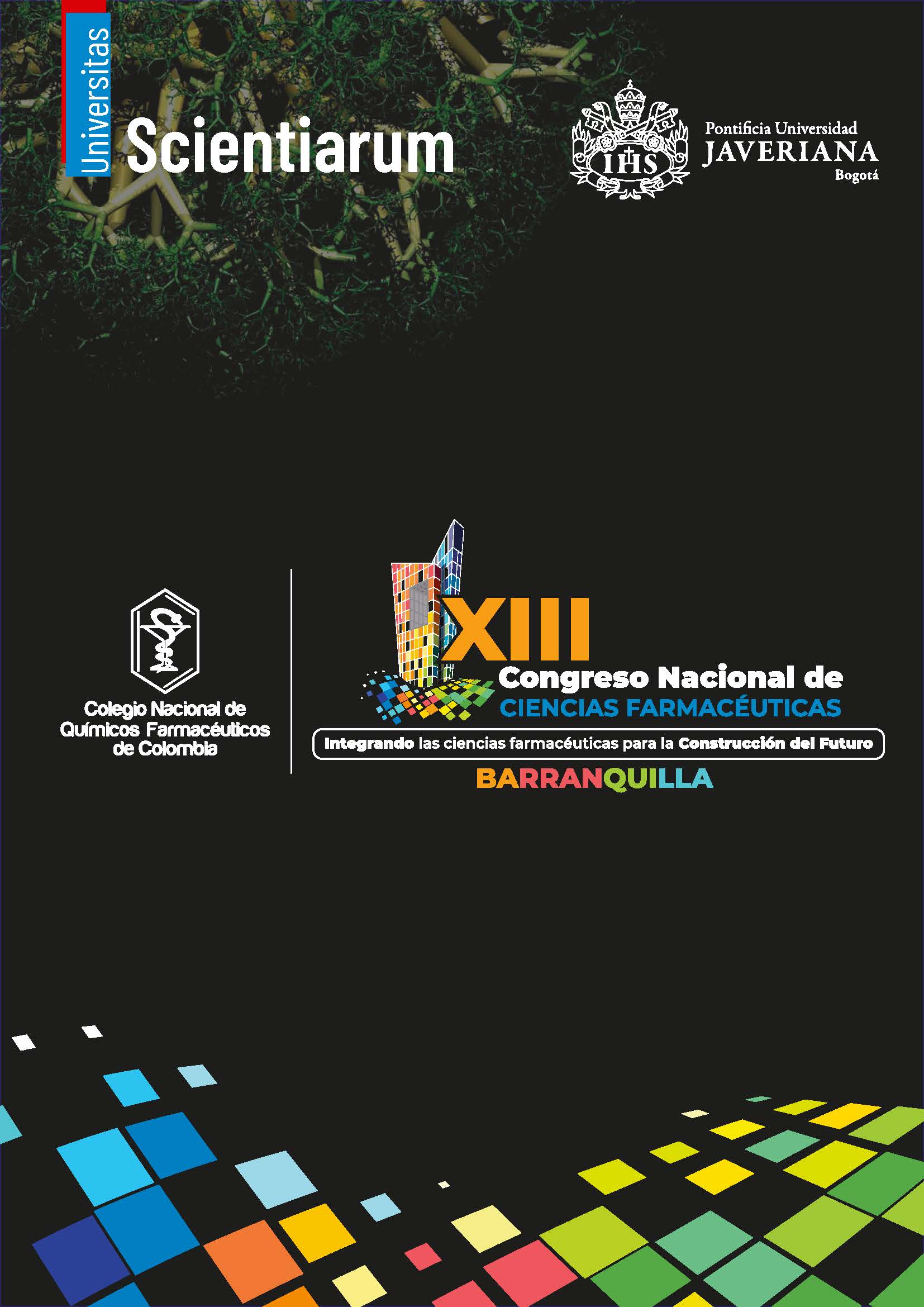Abstract
Water pollution is a critical environmental issue due to its wide-ranging repercussions. Of particular concern are emerging contaminants (ECs), which were previously overlooked due to their low concentrations. However, their resistance to decomposition allows them to remain in water bodies and accumulate in soils for prolonged periods, generating toxicity, altering the food chains, degrading soil quality, and even modifying water composition. Among the most common pharmaceutical ECs are non-steroidal anti-inflammatory drugs such as acetaminophen. A useful strategy for removing these ECs is adsorption, employing materials such as activated carbon and bentonite. In this study, mixtures of activated carbon and bentonite in 4:6, 5:5, and 6:4 proportions were made under reflux with sulfuric acid for one hour. The mixtures were characterized using infrared spectroscopy, Boehm titration, and point of zero charge (PZC). Subsequently, acetaminophen adsorption capacity was evaluated by varying contact time (20 and 120 minutes), and the data were adjusted to adsorption isotherm models. The Boehm titration identified the presence of phenolic groups (predominant in the 4:6 mixture), as well as lactone and carboxyl groups, conferring an acidic character to the adsorbent surface after sulfuric acid treatment. The PZC of the mixtures ranged from 2.7 to 4.0. Acetaminophen adsorption capacity depended on the carbon:bentonite ratio and contact time. The 6:4 mixture showed the highest adsorption capacity for 20 minutes (95.08 %) and 120 minutes (94.54 %) compared to the others and presented a type I Langmuir isotherm. These findings highlight the potential of activated carbon:bentonite mixtures for the removal of EC from water.

This work is licensed under a Creative Commons Attribution-NonCommercial 4.0 International License.


